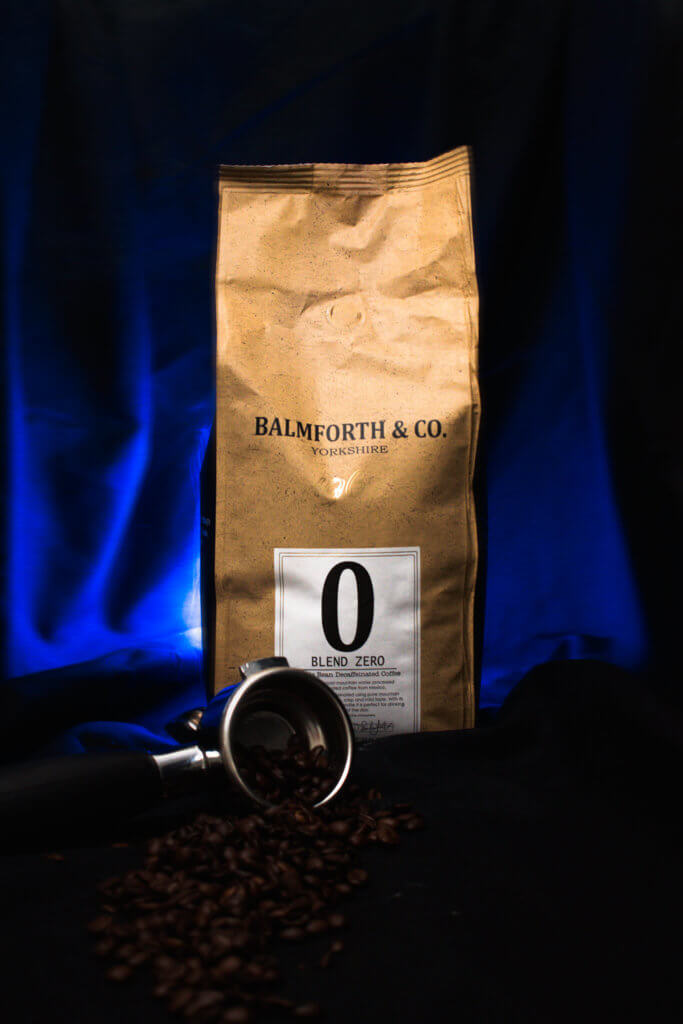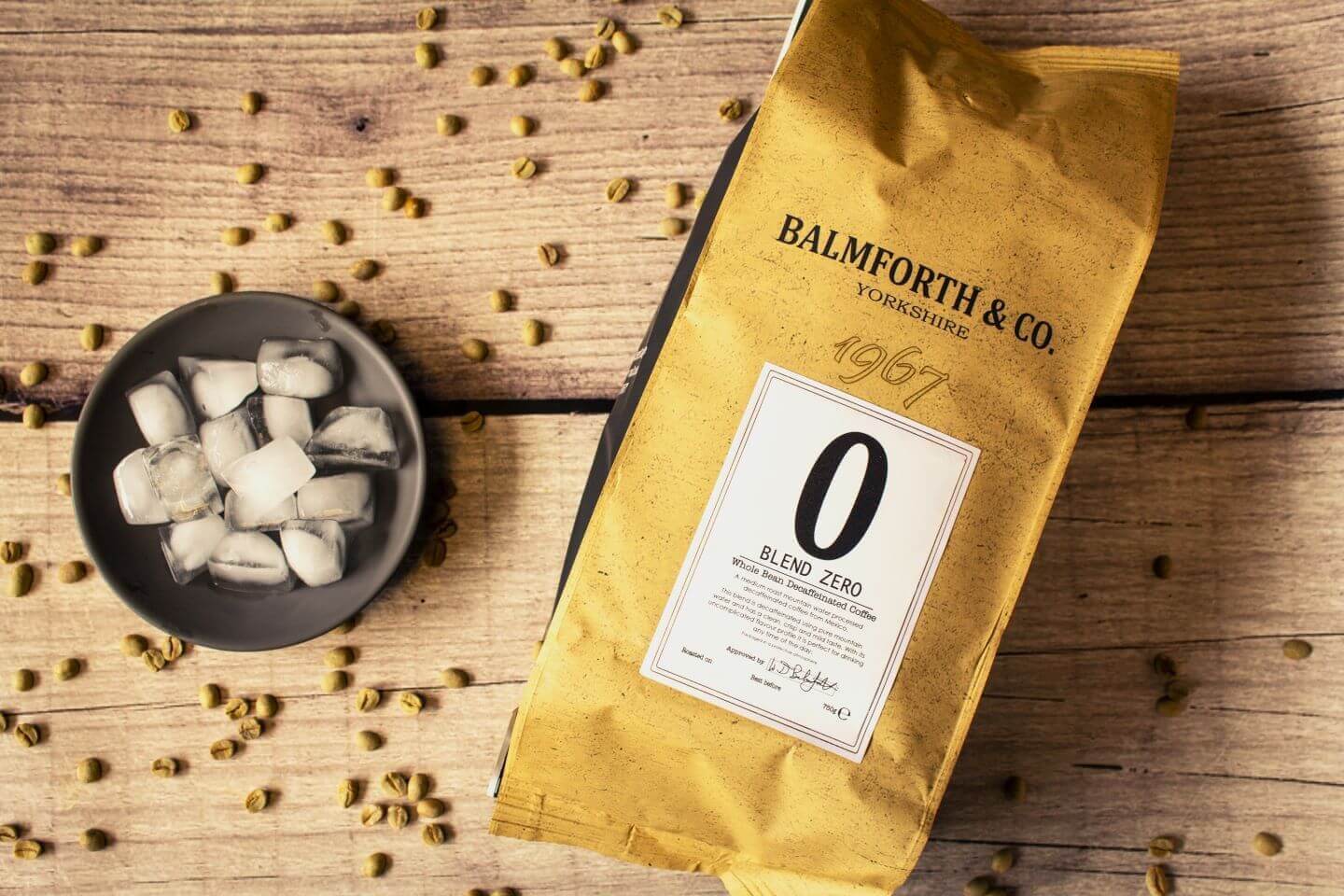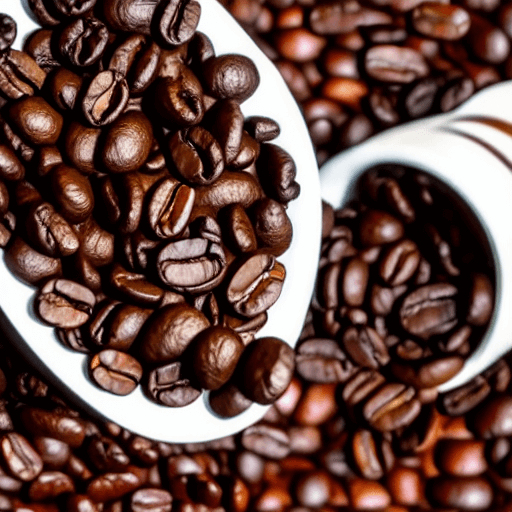
Coffee is cherished by millions around the world for its rich flavor and invigorating effects. However, not everyone can tolerate the caffeine content found in regular coffee. That’s where decaffeinated coffee comes to the rescue! In this blog post, we will dive into the fascinating world of decaffeination, exploring the methods used to remove caffeine from coffee beans while preserving their distinct taste. Join us on a journey to uncover the secrets behind how coffee is decaffeinated!
Understanding the Need for Decaffeination:
Decaffeinated coffee has gained popularity among coffee lovers who enjoy the taste and ritual of coffee but prefer a caffeine-free or low-caffeine option. It allows individuals to savor the flavors of coffee without the stimulating effects of caffeine. Whether it’s for health reasons, sensitivity to caffeine, or personal preference, decaffeinated coffee offers a satisfying alternative.
The Swiss Water Process:
One of the most widely recognized methods of decaffeination is the Swiss Water Process. It is a natural and chemical-free process that involves soaking green coffee beans in hot water to extract the caffeine. The resulting caffeinated water is then passed through a carbon filter that captures the caffeine molecules, leaving behind the flavorful compounds. The now-decaffeinated beans are rinsed and dried, ready for roasting.
The Direct Solvent Method:
Another commonly used method for decaffeination is the Direct Solvent Method. In this process, the coffee beans are steamed to open their pores, and then they are rinsed with a solvent, typically ethyl acetate or methylene chloride. The solvent selectively binds to the caffeine molecules, extracting them from the beans. The beans are then steamed again to remove any remaining solvent traces, ensuring the final product is safe for consumption.
The Carbon Dioxide (CO2) Method:
The CO2 method is a popular and environmentally friendly decaffeination process. It involves using high-pressure carbon dioxide in a closed system to extract caffeine from the coffee beans. The CO2 acts as a solvent, selectively targeting the caffeine molecules. Once the extraction is complete, the CO2 is depressurized, reverting back to its gaseous form, leaving behind decaffeinated coffee beans.
The Indirect Solvent Method:
The Indirect Solvent Method, also known as the “European Process,” uses a solvent, usually methylene chloride or ethyl acetate, to decaffeinate the beans. However, unlike the Direct Solvent Method, the solvent is not directly applied to the beans. Instead, the beans are soaked in water, and the caffeine-containing water is separated. The solvent is then used to extract the caffeine from the water. The decaffeinated water is reintroduced to the beans, allowing them to reabsorb the flavorful compounds.
Decaffeinated coffee offers a wonderful option for those who wish to enjoy the taste and aroma of coffee without the stimulating effects of caffeine. Through various decaffeination methods like the Swiss Water Process, Direct Solvent Method, CO2 Method, and Indirect Solvent Method, coffee producers can cater to a broader range of preferences. So, the next time you savour a cup of decaf, take a moment to appreciate the intricate process behind how coffee is decaffeinated, allowing you to enjoy all the goodness of coffee without the jolt of caffeine.




